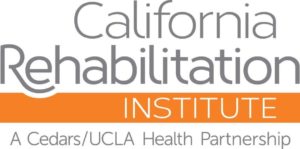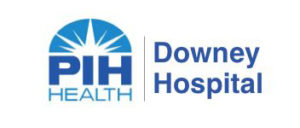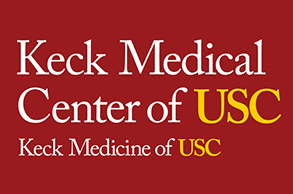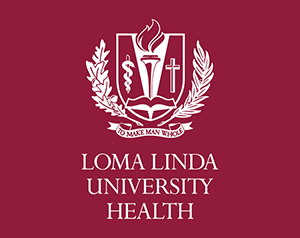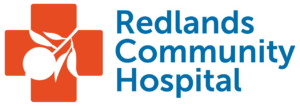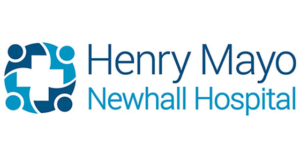Nursing & Healthcare News
When Autocomplete Turns Deadly
Drug entry autofill errors called a leading technological hazard
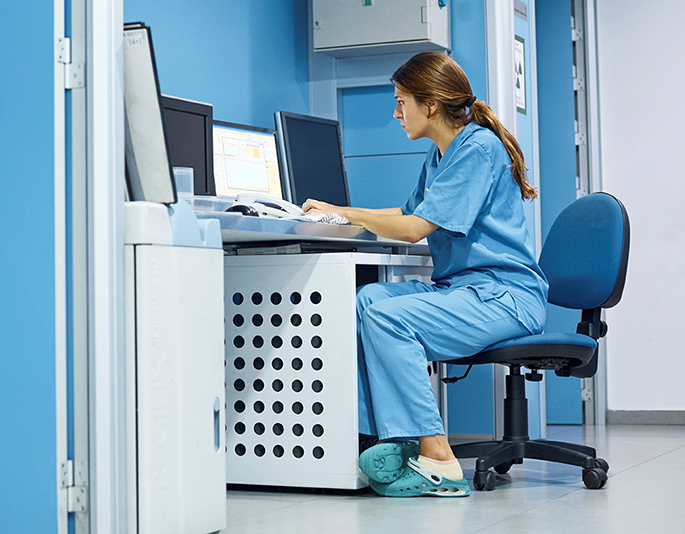
Do you use automatic dispensing cabinets, provider order-entry or other systems that automatically suggest drug names as soon as you start typing? The nonprofit ECRI warns that such medication autocomplete systems are among the top health technology hazards of 2021.
An Easy Mistake
Autocomplete and autocorrect errors are the bane of nearly everyone who uses a smartphone. In a clinical setting, however, autofill and autocorrect errors may be far more serious than an embarrassing miscue in a text message. Clicking the wrong autofill option can lead to deadly mistakes like selecting and administering the wrong medication to a patient.
The nonprofit healthcare quality and safety organization ECRI is so concerned about such potentially deadly medication errors that it included the problem on its annual list of top health technology hazards, which is otherwise dominated by issues related to COVID-19.
ECRI says its affiliate, the Institute for Safe Medication Practices (ISMP) — which monitors errors and safety issues involving medication and medical technology — has noted several recent incidents of medication selection errors resulting in severe patient harm or even death.


